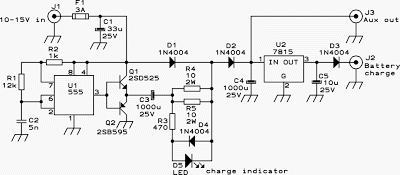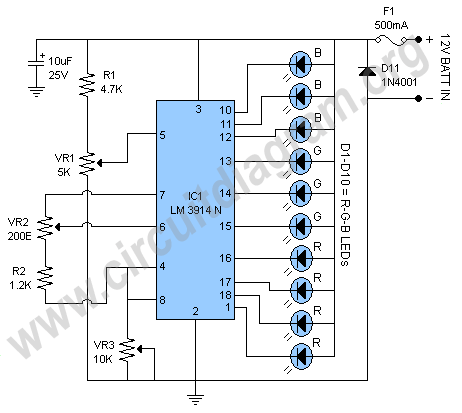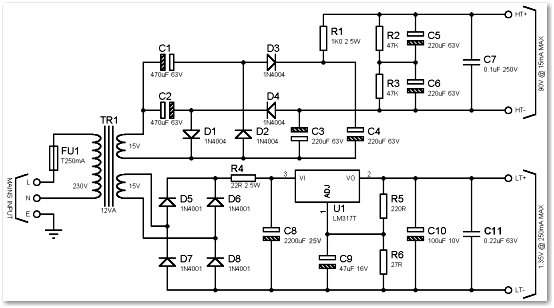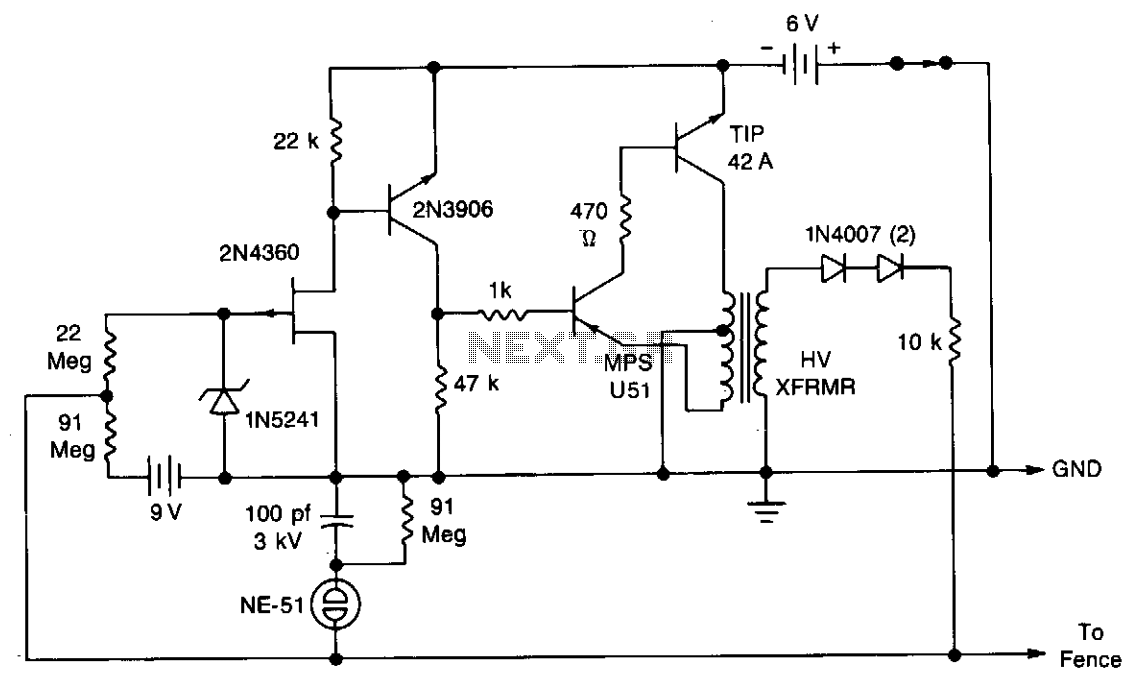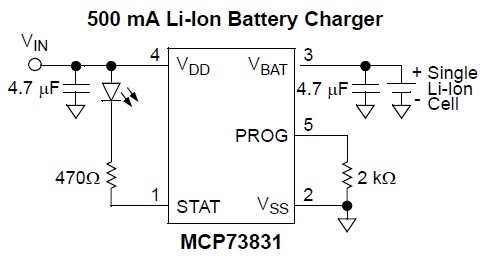
Solar-Powered High Efficiency Battery Charger
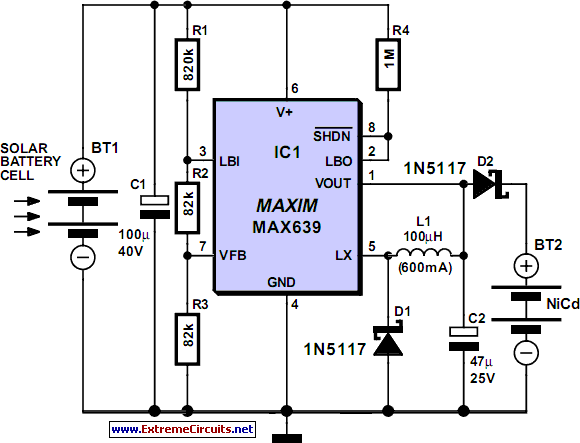
This is a simple NiCd battery charger powered by solar cells. A solar cell panel or an array of solar cells can charge a battery at more than 80% efficiency.
The described circuit functions as a basic NiCd battery charger utilizing solar energy as its primary power source. The system typically consists of one or more solar panels, a charge controller, and the NiCd battery itself. The solar cells convert sunlight into electrical energy, which is then directed to the charge controller.
The charge controller plays a crucial role in regulating the voltage and current supplied to the battery, ensuring that it does not exceed the maximum charging specifications for NiCd batteries. This is essential to prevent overcharging, which can lead to battery damage or reduced lifespan. Most charge controllers for solar applications include features such as voltage regulation, current limiting, and occasionally, temperature compensation.
The efficiency of the charging process is notably high, often exceeding 80%, due to the direct conversion of solar energy into electrical energy without the need for intermediate energy storage. The output voltage from the solar panels must be compatible with the battery's charging requirements, typically around 1.2 to 1.5 volts per cell for NiCd batteries.
In addition, the circuit may include protective diodes to prevent reverse current flow from the battery to the solar panel during periods of low light or nighttime. This ensures that the battery retains its charge without discharging back into the solar cells.
Overall, this simple yet effective design provides an environmentally friendly solution for charging NiCd batteries, making it suitable for various applications, including portable devices, emergency backup systems, and remote power solutions.This is a simple NiCd battery charger powered by solar cells. A solar cell panel or an array of solar cells can charge a battery at more than 80 % efficie.. 🔗 External reference
The described circuit functions as a basic NiCd battery charger utilizing solar energy as its primary power source. The system typically consists of one or more solar panels, a charge controller, and the NiCd battery itself. The solar cells convert sunlight into electrical energy, which is then directed to the charge controller.
The charge controller plays a crucial role in regulating the voltage and current supplied to the battery, ensuring that it does not exceed the maximum charging specifications for NiCd batteries. This is essential to prevent overcharging, which can lead to battery damage or reduced lifespan. Most charge controllers for solar applications include features such as voltage regulation, current limiting, and occasionally, temperature compensation.
The efficiency of the charging process is notably high, often exceeding 80%, due to the direct conversion of solar energy into electrical energy without the need for intermediate energy storage. The output voltage from the solar panels must be compatible with the battery's charging requirements, typically around 1.2 to 1.5 volts per cell for NiCd batteries.
In addition, the circuit may include protective diodes to prevent reverse current flow from the battery to the solar panel during periods of low light or nighttime. This ensures that the battery retains its charge without discharging back into the solar cells.
Overall, this simple yet effective design provides an environmentally friendly solution for charging NiCd batteries, making it suitable for various applications, including portable devices, emergency backup systems, and remote power solutions.This is a simple NiCd battery charger powered by solar cells. A solar cell panel or an array of solar cells can charge a battery at more than 80 % efficie.. 🔗 External reference
